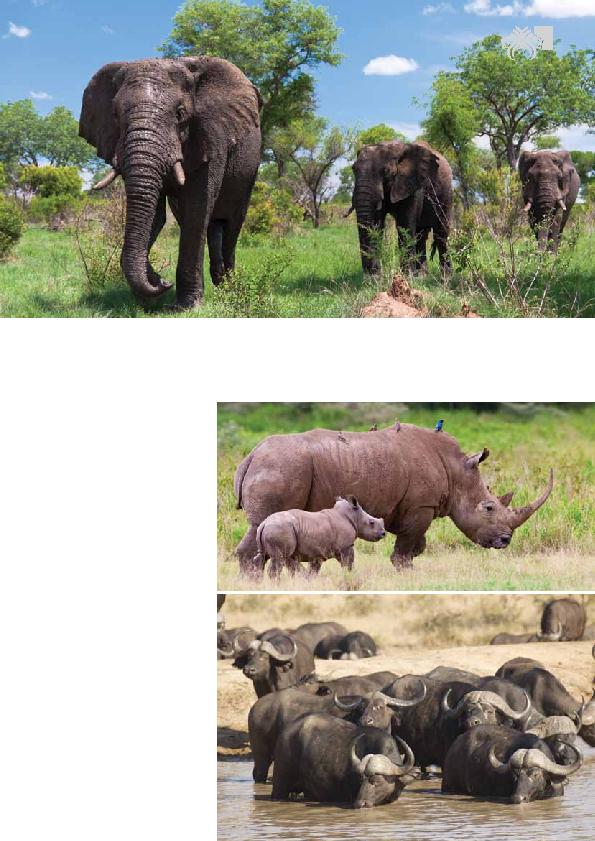
with a total of 180 cars visiting in 1928 and
a `staggering' 850 cars in 1929.
no doubt that the government had made
the right call in declaring and proclaiming a
`government wildlife park'. Little did these
men know the impact and importance
this decision would have on the futures
of several wildlife populations in years to
come.
therein and protect them from hunting,
but as demand from tourism grew and the
park started gaining popularity on a global
stage, it became important to formalise its
boundaries. This sparked off the need to
fence off the park to assist and facilitate
border patrol as well as to inhibit the
movement of poachers who were, as early
as the 1940s, becoming a growing problem
in the region.
reach became even more than what its
insular self, as the Kruger National Park, the
Gorarezhou National Park in Zimbabwe and
the Limpopo National Park in Mozambique
were incorporated into a "Peace Park"
that is today known as the Great Limpopo
Transfrontier Park.
in the northeast quadrant of South Africa
and covers two provinces, that being
the Limpopo Province as well as the
Mpumalanga Provinces. It is officially